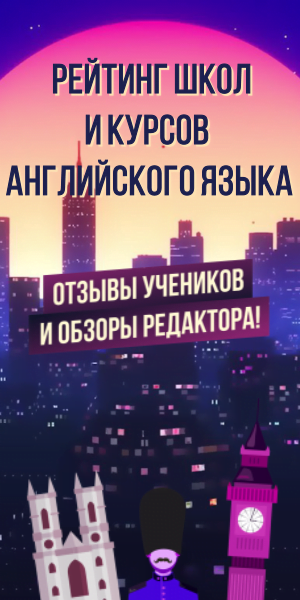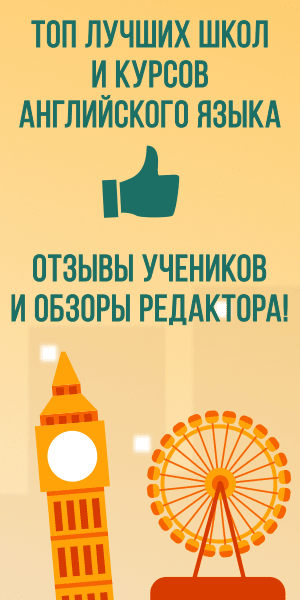Imagine a hospital that, at one time ran smoothly helping the public, now with the primary objection of taking care of the thousands of abandoned infants and children. This is the reality in Romania when Nicolae Ceausescu was in power. In 1966 he created an Anti-Abortion/Contraception law in order to raise the population and achieve his ultimate goal to slowly take over surrounding areas and increase Romania’s power. The next plan of action was to open orphanages, which caused an entire generation of mentally and physically handicapped children. Now after more than four decades, the question is if they have made enough progression on this horrific issue.
Ceausescu’s law included that each family that doesn’t ‘t have at least five children cannot use birth control or contraception, but most families couldn’ t afford to take care of them so they had to turn them over to the government. The combination of being underfunded and understaffed caused the children to be neglected and even worse abused. In Romania’s many institutions, the ratio of child to caretaker was 1 to 65 until as late as 1990. In any Daycare in the united states, the ratio for infants is one to four, this is for the safety and constant development of the babies. The effect of the small number of staff had on the children is the lack of stimulation. Baby’s brains are continuously hungry for stimulation and if there is none then the development is delayed. Professor Michael Rutter did a study on children adopted into England. The first of the three groups was adopted from within the country, the second was adopted from Romania before the age of 6 months, the last was adopted from Romania after the age of 6 months. He studied the effects on brain progression as a result of institutionalization and the results were shocking.
“When they first arrived in the country as babies, more than half the 165 children he studied showed severe delays in development compared with their British counterparts. But he found that, even at the age of 11, many of these children have not caught up.”
Some of the children were physically handicapped as a result of the institution. They would be tied to their cribs, beds or just tied up like an animal. The inability to move made them very weak and eventually was the cause of their disability. In an article in the New York Times on the subject they described one scene, “In an adult psychiatric hospital, investigators found some children wrapped head to toe in sheets used as full-body restraints. When the staff agreed to remove the sheet on a 17-year-old girl, the report states, “her skin came off with the sheet, leaving a raw open wound beneath it.”
Not only is that illegal but it is also nauseating that people do not feel bad treating another in that manner.
The treatment in the institutions also spread many diseases without the proper medications to treat them. As a result of the malnutrition, some caretakers would inject them with a micro infumicro-infusion blood every day every day every y. The community was not screened and there were not enough needles so ironically, the injection to boost immunity is the very cause of many children getting the ultimate immunodeficiency, HIV. 93% of the initial cases were under the age of 13 and by 2000, 60% of Europe’s pediatric HIV/AIDS was registered in Romania. The disease spread quickly because of the conditions and became a large problem for the Romanian government because of the lack of funds to get the proper medication for them.
There have been some improvements such as new centers opening up and humanizing some of the existing ones. Since Ceausescu assassination on December 25, 1989, while trying to flee the country, Romania has used the money in their budget as well as the money donated to help address the issue. The tragic part is that they do not have enough to dig them out of the deep hole that Ceausescu dug for them.
The problem that arose later was the street children of Romania. They were either abandoned and learned to live independently on the streets or more commonly they were young adults thrown from the orphanages. The institutions only took kids up to 18 and after that, they were told to leave, with no families or anyone to look to for help, they just ended up on the streets. Many of them have drug problems such as sniffing glue and metallic paint. The sniffing soothes the hunger pains and makes them happy for the time they are high. This is no such life for them considering they are just entering the adult world.
There are many organizations out to help the orphanages as well as the families and children of post-institutionalized children. One of them is Families of Russian and Ukrainian Adoption (“who we are and what we do“). There do “ n focus is providing ng tools to adopted children and their families in order to make the adjustment smoother. The connect orphans with each other and helps teach them about their culture and keep a close bond with their homeland. They also help orphans in Romania as well by building playgrounds and donating books. Dr. Steve Curran takes mission trips to Romania in order to give free dental care to the orphans who otherwise wouldn’t see one. For the street children, there is a help too. Such as Concordia whicConcordia, an organization that organization any homes for them as well as drop-in centers to distribute food, water, medical care, and therapy. The homes find orphans jobs and give them a place to live so they can learn to care for themselves.
On June 21, 2004, there was a law passed in Romania against International adoption except to grandparents. Ion Iliescu, former president of Romania created this law thinking that it is better for the children to be in state-run orphanages, foster homes or to be adopted domestically. One thing I’m sure he didn’t take into consideration is the fact that most abandoned children are gypsies, most Romanian’s will not adopt a gypsy child. This means that until they open adoption internationally again, many children will not be getting the loving homes they deserve. It’s a shame because there are so many people who want to adopt from there and can give those children a better home than they could ever imagine in Romania.
When I started writing this research paper, it was just another assignment to get done but I learned so much and became passionate about the cause. I have researched different groups and have decided to volunteer abroad in an orphanage. These kids ask for nothing more than to feel secure and loved, something that most children take for granted here in the U.S. every day. I am leaning toward Projects Abroad to do my volunteer work because they are a non-religious group(«Do International Volunteer Work with Children in Romania with Projects Abroad.»). Most of the groups are Christian and I am not very religious so I chose not to join those. Hopefully, I will be going in the summer of 2010, I have to wait because the price to go is around $3,000.
The tragedy that had befallen Romania is not good but they have tried to improve the conditions with the help of other organizations. Considering this, they still have a lot of work to do and they could have done a lot more. It is up to organizations and the European Union to help and motivate the present president, Traian Basescu, to get rid of this issue that has plagued Romania for almost 43 years.









